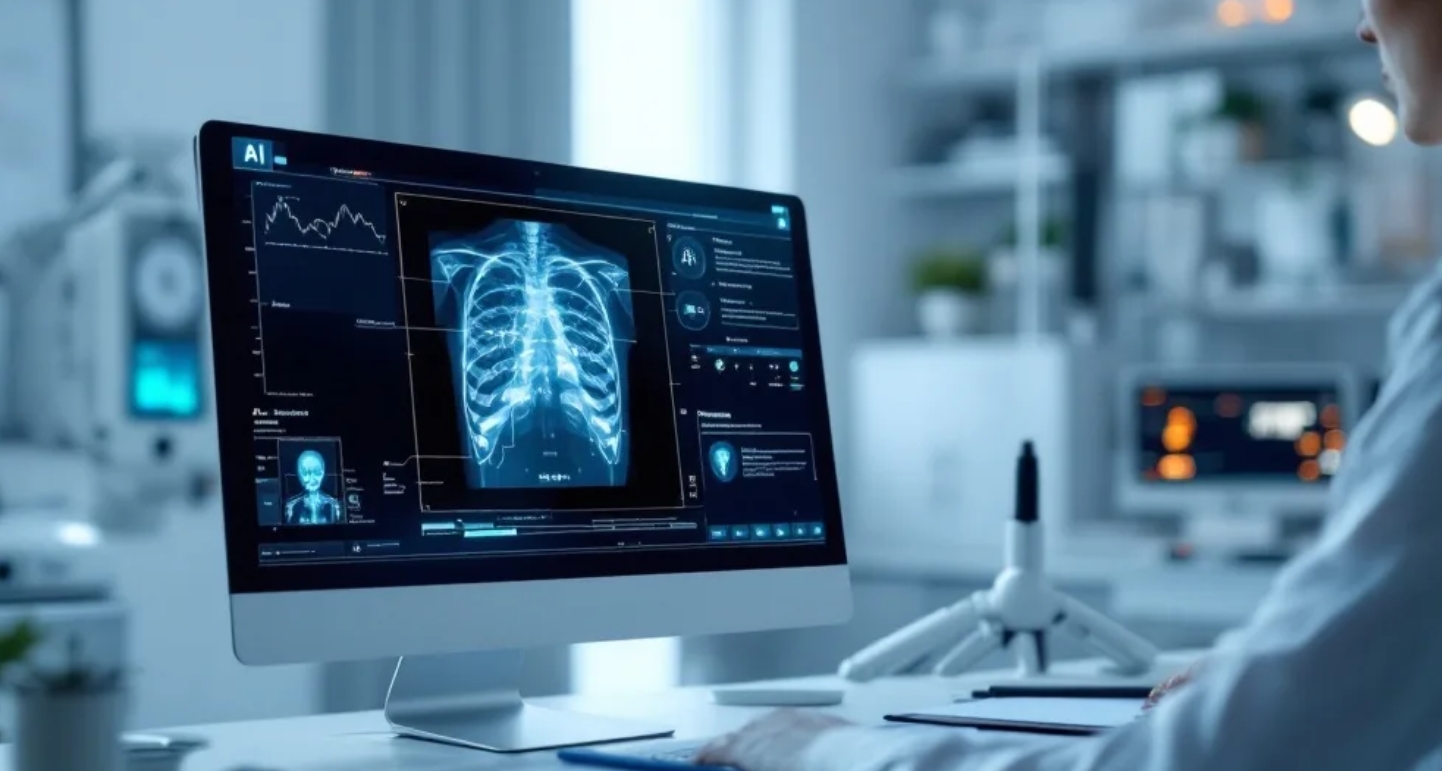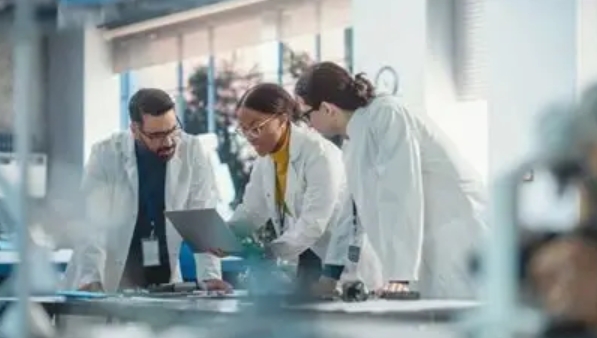
image credit- shutterstock
Scientists from Commonwealth Scientific and Industrial Research Organisation (CSIRO), Australia’s national science agency, have developed a world-first method to teach artificial intelligence (AI) how to write more accurate chest X-ray reports by giving it the same information doctors use in real life.
Using more than 46,000 real-world patient cases from a leading US hospital dataset, the team trained a powerful multimodal language model to generate detailed radiology reports.
The results showed 17 per cent better diagnostic insights and stronger alignment with expert radiologist reporting. With hospitals worldwide struggling to keep pace with demand amid chronic radiologist shortages, this research could pave the way for faster, safer, and more reliable X-ray reporting in clinical settings.
Until now, AI tools tasked with interpreting chest X-rays relied solely on the images themselves and the doctor’s referral, without being equipped to read the vital clues hidden in patients’ medical records.
Researchers from CSIRO’s Australian e-Health Research Centre flipped that approach – combining imaging with emergency department data like vital signs, medication history and clinical notes to vastly improve diagnostic performance.
“The AI is functioning as a diagnostic detective and we’re equipping it with more evidence,” said lead author Dr Aaron Nicolson.
Dr Nicolson and his team are currently trialling to the technology with the Princess Alexandra Hospital in Brisbane to explore how well the AI reporting compares with that of a human radiologist. The team is also looking for other sites on which to trial the technology.




